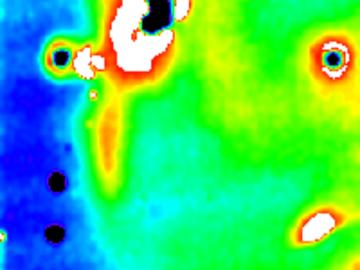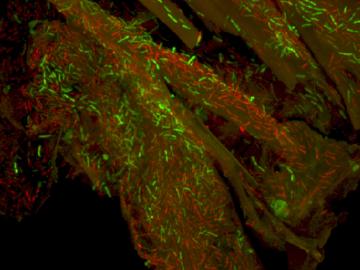Filter News
Area of Research
- Advanced Manufacturing (7)
- Biological Systems (2)
- Biology and Environment (4)
- Building Technologies (1)
- Clean Energy (109)
- Climate and Environmental Systems (4)
- Computational Engineering (1)
- Computer Science (8)
- Fossil Energy (1)
- Fusion Energy (6)
- Materials (97)
- National Security (5)
- Neutron Science (38)
- Nuclear Science and Technology (18)
- Quantum information Science (3)
- Renewable Energy (2)
- Supercomputing (53)
- Transportation Systems (2)
News Type
Date
News Topics
- 3-D Printing/Advanced Manufacturing (16)
- Advanced Reactors (7)
- Artificial Intelligence (12)
- Big Data (7)
- Bioenergy (10)
- Biomedical (5)
- Biotechnology (1)
- Clean Water (5)
- Composites (2)
- Computer Science (37)
- Critical Materials (3)
- Cybersecurity (5)
- Energy Storage (8)
- Environment (22)
- Exascale Computing (3)
- Frontier (2)
- Fusion (5)
- Grid (5)
- Isotopes (1)
- Machine Learning (5)
- Materials Science (20)
- Mercury (3)
- Microscopy (5)
- Molten Salt (1)
- Nanotechnology (6)
- Neutron Science (18)
- Nuclear Energy (17)
- Physics (6)
- Polymers (2)
- Quantum Science (10)
- Security (2)
- Space Exploration (4)
- Summit (9)
- Sustainable Energy (8)
- Transportation (12)
Media Contacts

Ensuring a reliable supply of rare earth elements, including four key lanthanides and yttrium, is a major goal of the Critical Materials Institute (https://cmi.ameslab.gov) as these elements are essential to many clean-energy technologies. These include energy-efficient lighting, ...
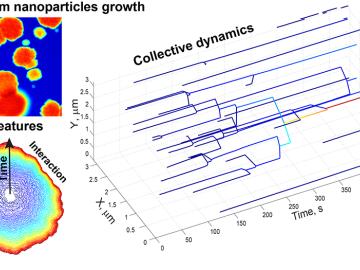

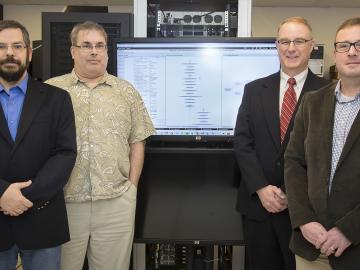
The commercial licensing of a cyber security technology developed at the Department of Energy's Oak Ridge National Laboratory has been recognized by the Federal Laboratory Consortium for Technology Transfer (FLC) as a top example of moving technology

Since lasers were first produced in the early 1960s, researchers have worked to apply laser technology from welding metal to surgeries, with laser technology advancing quickly through the last 50 years. Surgery, chemotherapy, and radiation therapy all play important roles...
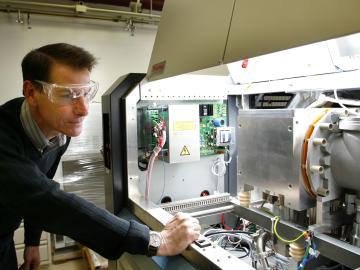
A group of nuclear detectives at the Department of Energy’s Oak Ridge National Laboratory takes on tough challenges, from detecting illicit uranium using isotopic “fingerprints” to investigating Presidential assassination conspiracies.

Researchers at the Department of Energy’s Oak Ridge National Laboratory will support two new DOE-funded projects to explore, develop and demonstrate advanced nuclear reactor technologies. The projects announced Jan. 15 will allow industry-led teams with participan...
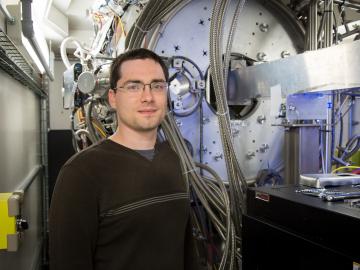
Rechargeable batteries power everything from electric vehicles to wearable gadgets, but obstacles limit the creation of sleeker, longer-lasting and more efficient power sources. Batteries produce electricity when charged atoms, known as ions, move in a circuit from a positive end ...
